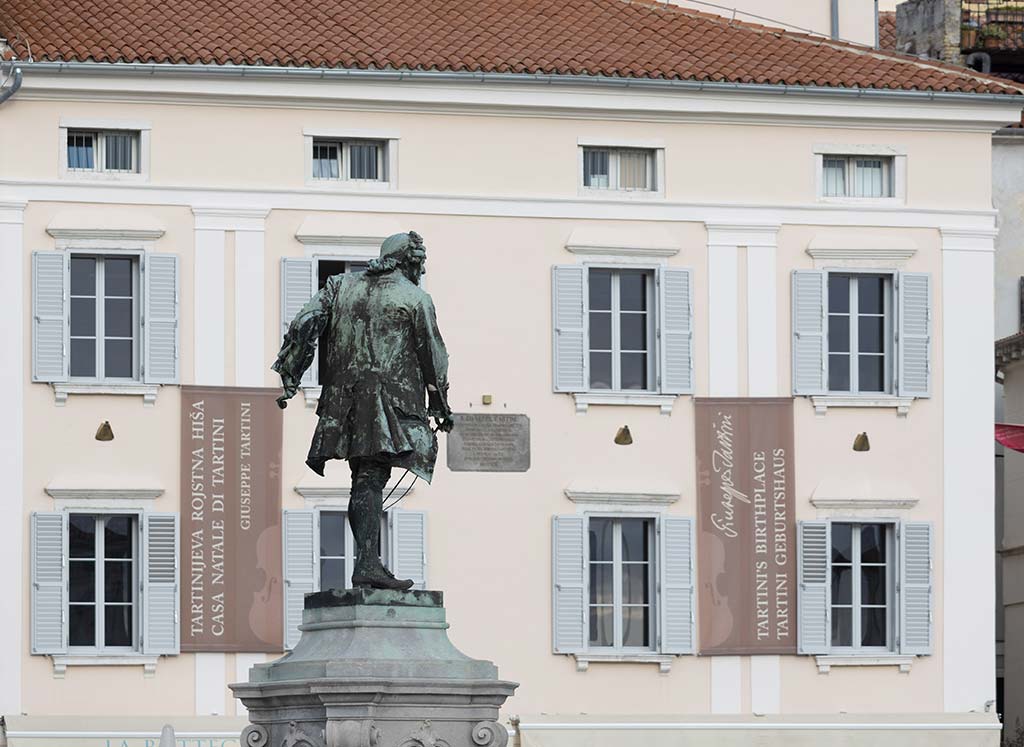Maja se znova kuha v solinah

Poletno delo v Tartinijevi hiši
05/28/2022
il Trillo n. 62
05/31/2022
18. maja se je začel nov niz gastronomskih prireditev v solinah. Prvo srečanje je bilo posvečeno solinskim rastlinam, ki so jih solinarji nekdaj vsakodnevno uporabljali za kuho.
Prireditev se je začela ob vhodu v Krajinski park Sečoveljske soline – Fontanigge, kjer je skupino obiskovalcev pozdravila vodička Nevija Božič in jim predstavila užitne rastline, ki jih najdemo v in ob solinah. Medtem ko so v preteklosti te rastline uživali redno, predvsem v okusnih solatah, so danes, žal, zaščitene, kar pomeni, da je njihovo nabiranje strogo prepovedano. Ker pa so tipične za Sredozemlje, jih ne najdemo samo v okolici solin, temveč tudi na travnikih v bližini naših domov. Nevija Božič je tako predstavila posamezne primerke in njihove zdravilne učinke. Govora je torej bilo o receptih in zeliščnih čajih, ki jih lahko pripravimo po zaslugi rastlin našega območja. Po uvodnem teoretičnem delu so se obiskovalci odpravili na sprehod po solinah in se preizkusili v iskanju predhodno predstavljenih primerkov.
Po tem uvodnem delu so se obiskovalci z vlakom odpravili v Muzej solinarstva, kjer sta jih s prisrčnim pozdravom sprejela Andrea Bartole in Nives Zudić. Sredi solin so lahko obiskali številne stojnice, polne rastlin, začimb in okusnih jedi. Pozdravila jih je tudi Veronika Bjelica iz Pomorskega muzeja Sergeja Mašere Piran, ki je pripravila ustvarjalni laboratorij za pripravo soli z okusom zelišč, s kolegom Matjažem Kljunom z Zavoda za varstvo kulturne dediščine pa še voden ogled Muzeja solinarstva v slovenskem in italijanskem jeziku.
Pred tisto ta pravo degustacijo je gospa Maria Grazia Benussi predstavila nekaj užitnih rastlin in pojasnila, da so jih v preteklosti najpogosteje uporabljali za obogatitev jedi, kot so solate, omlete in okusne mineštre, pa tudi rižote in sladice (znameniti štrudelj in potice s pehtranom). Znamenita omleta, značilna za to območje, je nedvomno tista z marjetico (s katero lahko pripravite tudi okusno juho) in tista z divjimi šparglji. Ob koncu predstavitve so vsi gostje lahko okusili slano pito s šparglji, zelišči in slanino ter okusno omleto s šparglji.
Dogodek ne bi bil popoln brez glasbene spremljave Angela in Edija Dobriloviča, seveda pa je bila prisotna tudi skupina Solinarska družina.
To je bil prvi v nizu dogodkov, ki bodo potekali vse do jeseni, naslednja gastronomska prireditev bo že 15. junija, ko bomo spoznali, kako se pripravi kruh kot nekoč.
Testo: Anna Maria Grego
Traduzione: Nataša Fajon














